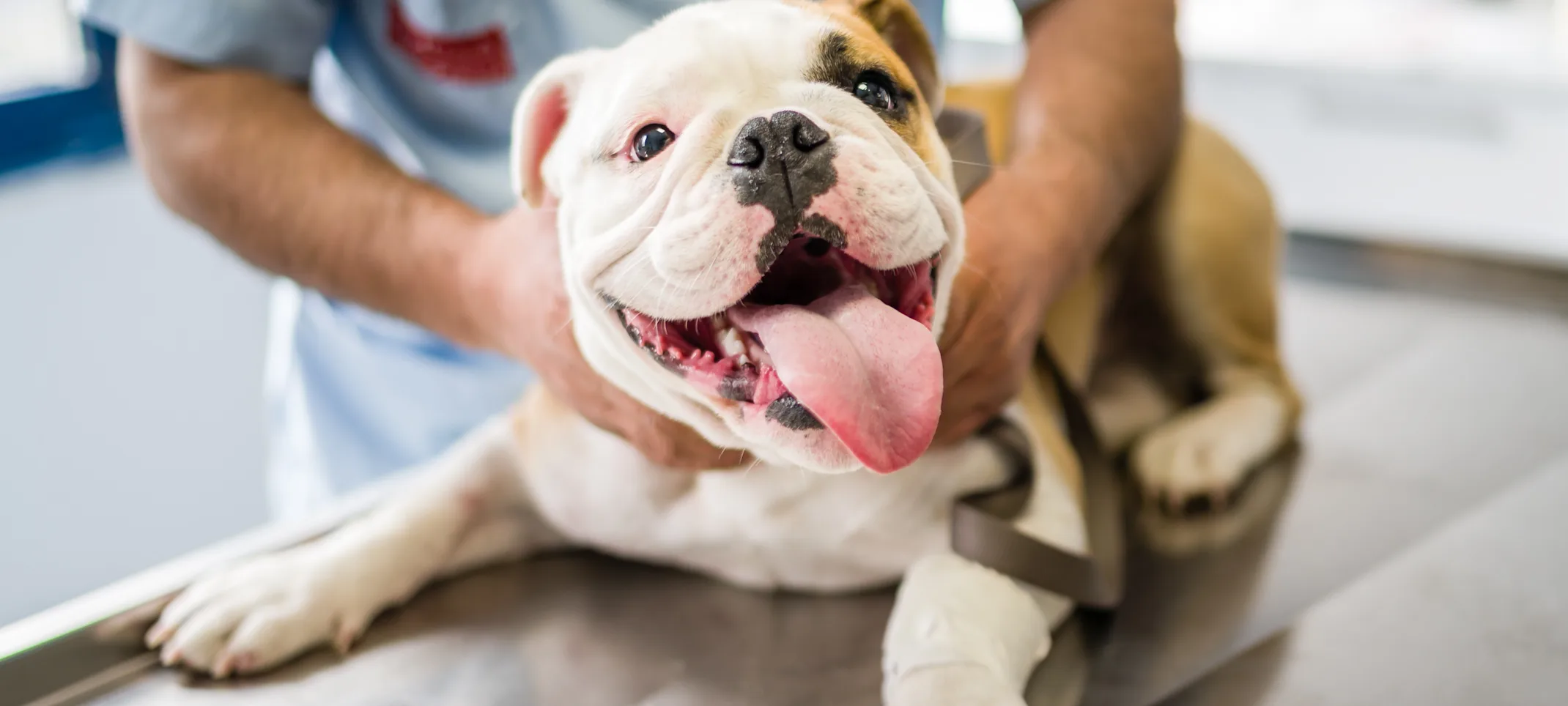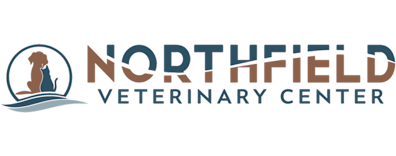Northfield Veterinary Center
Surgery

Overview
You may be understandably anxious if your pet needs surgery, but your four-legged friend is in good hands with our experienced veterinary team. Our veterinarians are extremely knowledgeable and well-trained in numerous surgical techniques, and our dedicated support team will be by your pet’s side throughout the procedure and recovery.
Surgical procedures
Northfield Veterinary Center offers many surgical services, including:
Spays and neuters
Mass removals
Orthopedic surgery
Bladder stone removal
Dental cleanings and extractions
Emergency surgery
Surgical laser services
Keeping your pet safe
Anesthesia-associated complications are rare in pets, and our team takes every precaution to ensure your four-legged friend experiences no adverse effects during or after their procedure. We take the following measures to ensure your pet’s safety:
Pre-surgery diagnostics — Before anesthesia, we run blood work to assess your pet’s overall health and determine if any conditions that could affect our anesthetic plan are present. Depending on your pet’s condition, we may suggest additional pre-surgery diagnostics, such as a urinalysis, blood pressure measurement, echocardiogram, or X-rays.
Fasting — Anesthetized pets lose their swallowing reflex, and may vomit while anesthetized or in the early postoperative period. If this happens, they may aspirate the vomited material, which can lead to pneumonia, so fasting is extremely important before your pet has surgery.
Physical examination — We thoroughly examine your pet from nose to tail on surgery day to ensure they are ready for the procedure. The examination includes weighing them, so we can accurately calculate anesthetic drugs.
Intravenous (IV) catheter — Our team places an IV catheter in your pet for administering medications and delivering fluids to maintain their blood pressure and replace lost fluids.
Endotracheal tube — We place an endotracheal tube to administer anesthetic gas and oxygen that will keep your pet anesthetized and protect their airway. After surgery, the tube is not removed until your pet can swallow.
Surgery assistant — From the time your pet’s IV catheter is placed until they are fully recovered, a designated veterinary professional remains by their side, monitoring their vitals and ensuring the procedure goes smoothly.
If your four-legged friend needs surgery, you can count on our highly skilled veterinary surgical team.
